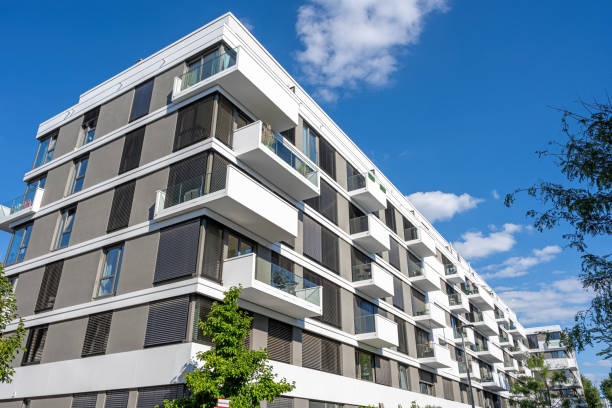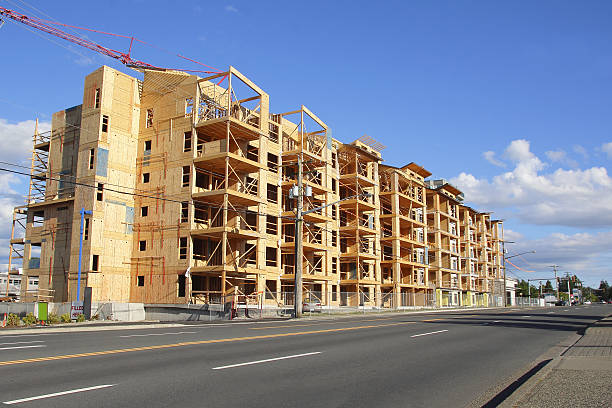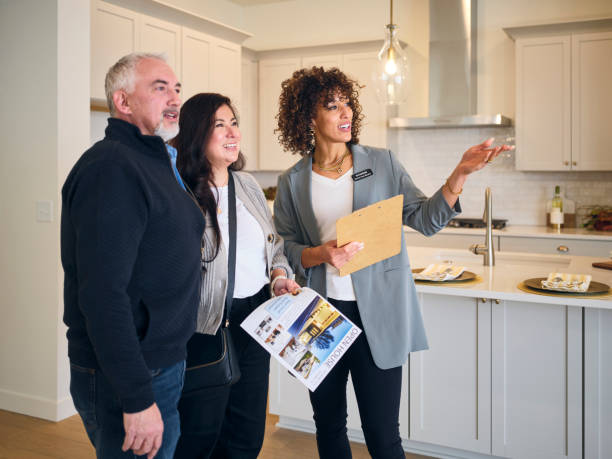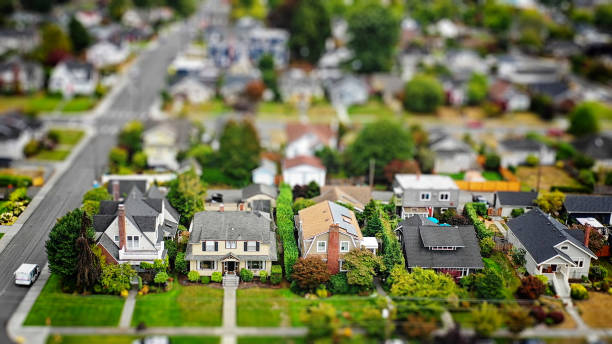The State of Multifamily Construction Permits in Los Angeles: 2025 Review
Los Angeles is building—but not as fast as it should.
After years of record-breaking rents and housing debates, 2025 has turned into a reality check for the city’s multifamily construction sector. Building permits are still being filed, yes, but the volume, speed, and confidence behind those filings tell a different story.
This is not just about paperwork. It’s about how Los Angeles is struggling to balance development pressure, city bureaucracy, and economic uncertainty—all while trying to meet the state’s aggressive housing goals.
Let’s break down what’s really happening behind those permit numbers.
A Slow Year for Big Housing Ambitions
2025 was supposed to be the year Los Angeles picked up the pace. State officials have pushed local governments to approve more multifamily housing, and developers had plenty of incentive—demand remains sky-high, and vacancies are still tight across most neighborhoods.
But the data tells a sobering story.
Permit activity has dropped. City records show a notable decline in new multifamily permits issued compared to the previous two years. Large-scale apartment projects are stalling, and even smaller infill developments—once a bright spot in neighborhoods like Echo Park, Koreatown, and Mar Vista—are slowing down.
Why the slowdown?
A few forces are converging:
- High interest rates: Construction loans are expensive, and developers are hesitant to take on new risk.
- Inflation: Material and labor costs remain stubbornly high, eating into project margins.
- City bottlenecks: Los Angeles’ permitting system continues to frustrate builders, with review times stretching months longer than expected.
- Policy confusion: Ongoing changes to zoning laws, inclusionary housing mandates, and environmental reviews add uncertainty.
It’s a perfect storm for hesitation.
Developers haven’t stopped planning—they’ve just slowed their pace. Many are holding entitlements in hand, waiting for market conditions or political clarity before moving ahead.
The Permit Backlog: A Bureaucratic Traffic Jam
Let’s be honest—permitting in Los Angeles has always been a headache. Anyone who’s tried to navigate the city’s Department of Building and Safety knows the frustration: the forms, the corrections, the revisions, the reviews.
Now add record-high project filings from recent years, and you’ve got a bureaucratic traffic jam.

A process that can’t keep up
Even with online tools and permit portals, many developers report that response times are slower than ever. One missed note from a plan checker can delay a submittal by weeks. Departments that used to handle high volumes of commercial projects are now overloaded with multifamily plans.
There’s also a talent problem. Many city planners and reviewers left during the pandemic or took early retirements. The replacements are fewer and often juggling more cases than they can realistically manage.
The result?
A wave of projects stuck in limbo—approved on paper but waiting for that one final clearance.
Developers are paying holding costs on land and loans while the city processes catch up. And that lag time adds real dollars to the cost of housing.
Neighborhood Pushback and Political Headwinds
Los Angeles has a complicated relationship with density. On one hand, city leaders champion more housing. On the other, neighborhood councils and local groups often push back hard when new multifamily projects are proposed nearby.
That tension hasn’t gone away in 2025—it’s only gotten louder.
Local resistance remains fierce
From Westwood to Sherman Oaks, residents are voicing concerns over parking, height, traffic, and “neighborhood character.” The irony? Many of these same communities complain about rent increases and lack of affordable options.
This tug-of-war slows down development at every stage:
- Environmental appeals (CEQA): Opponents file challenges that can delay projects for months.
- Design revisions: Developers are asked to shrink buildings or redesign façades to “fit in.”
- Council approvals: Political sensitivity in local districts keeps elected officials cautious.
While the city has streamlined some processes through state-level housing laws, local resistance still finds creative ways to stall progress.
The Changing Face of Multifamily Development
Despite the slowdown, not all news is bad. Developers are getting smarter—and more flexible—about what kinds of projects they’re bringing to market.
A pivot toward smaller-scale projects
Rather than 200-unit complexes, many builders are exploring smaller developments—20 to 40 units—on underutilized lots. These projects move faster, face less opposition, and qualify under SB 9 or AB 2011 streamlined approval pathways.
In Koreatown, for example, a growing number of adaptive reuse projects are popping up. Old motels and commercial properties are being converted into micro-apartments or co-living spaces. It’s not the massive growth the city needs, but it’s movement in the right direction.
The rise of mixed-use
Another shift is the return of mixed-use. Developers are betting on hybrid buildings—ground-floor retail with upper-level apartments—as a hedge against market risk. With office demand still weak, multifamily is being woven into commercial corridors once dominated by retail or business centers.
These hybrid projects help activate streetscapes and attract city support, though financing remains tricky.
Permit Trends by Region
Not all parts of Los Angeles are cooling equally.
Downtown Los Angeles: Still struggling for momentum
Downtown saw a wave of multifamily permits between 2015 and 2020. But after COVID and the office vacancy crisis, investor interest has cooled. Many planned towers are on indefinite hold.
Some developers are turning to adaptive reuse conversions—turning vacant offices into apartments—but those projects face major code hurdles and seismic retrofitting costs.
Westside: Costly and contentious
Santa Monica, Westwood, and Brentwood continue to be challenging zones for multifamily projects. Land prices remain sky-high, and neighborhood groups fight density with vigor. Developers who can navigate the process often target luxury renters, not middle-income tenants.
East and South LA: Quiet resilience
Neighborhoods like Boyle Heights, Florence, and South Central have seen steadier permit activity. These areas have more flexible zoning and lower land costs, attracting developers focused on workforce housing and state-subsidized projects.
That said, financing remains a challenge. Many projects rely on layered funding—tax credits, grants, and local housing bonds—to pencil out.
How Policy Is Shaping the 2025 Landscape
Los Angeles is trying to respond. The city and state have rolled out a mix of incentives, mandates, and procedural tweaks to speed up housing approvals.
But the results are uneven.
Streamlining laws help—but not enough
Laws like SB 35 and AB 2011 have offered developers faster approvals for qualifying affordable or mixed-income projects. Yet, only a fraction of proposed developments fit these categories, and local departments still face backlogs.
Inclusionary housing rules complicate deals
New affordability mandates, while well-intentioned, have raised the cost of doing business. Requiring developers to set aside a percentage of units for low-income renters can strain project feasibility—especially when construction costs are already high.
Some developers have pivoted to by-right projects to avoid public hearings or affordability mandates, but that limits creativity in design and community engagement.
The state’s pressure continues
California’s Housing Element deadlines are forcing cities to prove they’re approving enough new units. Los Angeles risks penalties if it doesn’t accelerate production, but local implementation has been patchy.
The bottom line: the political will is there, but the machinery is rusty.
Financing: The Invisible Brake
Permits tell only part of the story. Financing tells the rest.
Developers can’t build without money, and in 2025, money has gotten harder to find.
Banks are cautious
Lenders are tightening standards amid market uncertainty. Construction loans that once carried 4% interest rates are now hovering near 8%. That shift alone can kill a project’s pro forma.
Private equity and institutional investors remain active, but they’re prioritizing projects with proven returns—student housing, senior housing, or mixed-use in prime areas. Risk appetite for mid-tier multifamily has dropped sharply.
Rising insurance and compliance costs
Developers are also facing higher premiums and stricter environmental requirements. From stormwater compliance to seismic upgrades, these factors add cost and time.
It’s no wonder that so many developers are holding off on pulling the final trigger, even after securing entitlements.
What 2026 Might Bring
So where does this all lead?
If current trends continue, Los Angeles could see a slight rebound in permit activity by mid-2026—but only if a few things align:
- Interest rates stabilize or decline
- City departments modernize review systems
- Policy clarity improves on zoning and affordability mandates
- Developers regain confidence through consistent, predictable approvals
Otherwise, the bottleneck will persist, and the housing gap will keep widening.
The silver lining
Despite all the frustration, Los Angeles still holds enormous potential. It has the land, the demand, and the talent to lead California’s housing recovery. Some pilot programs—like the city’s ADU fast-track or its new “Housing Innovation Office”—hint at progress.
If the city can translate those small wins into large-scale efficiency, we might finally see real acceleration.
Final Thoughts: Building Dreams, Fighting Red Tape
At its core, the multifamily permit slowdown in 2025 isn’t about numbers—it’s about confidence.
Confidence in city systems. Confidence in financing. Confidence that a project can actually break ground without drowning in paperwork.
Developers are willing to build. Los Angeles residents are desperate for more housing options. Yet between red tape, financing hurdles, and political caution, the process feels stacked against progress.
Still, optimism lingers. The city has weathered worse cycles before. And for every stalled project, there’s another team quietly preparing drawings, waiting for that moment when the math—and the mood—finally line up.
When it does, Los Angeles will build again. Fast. Bold. And hopefully, smarter than before.






